Projects
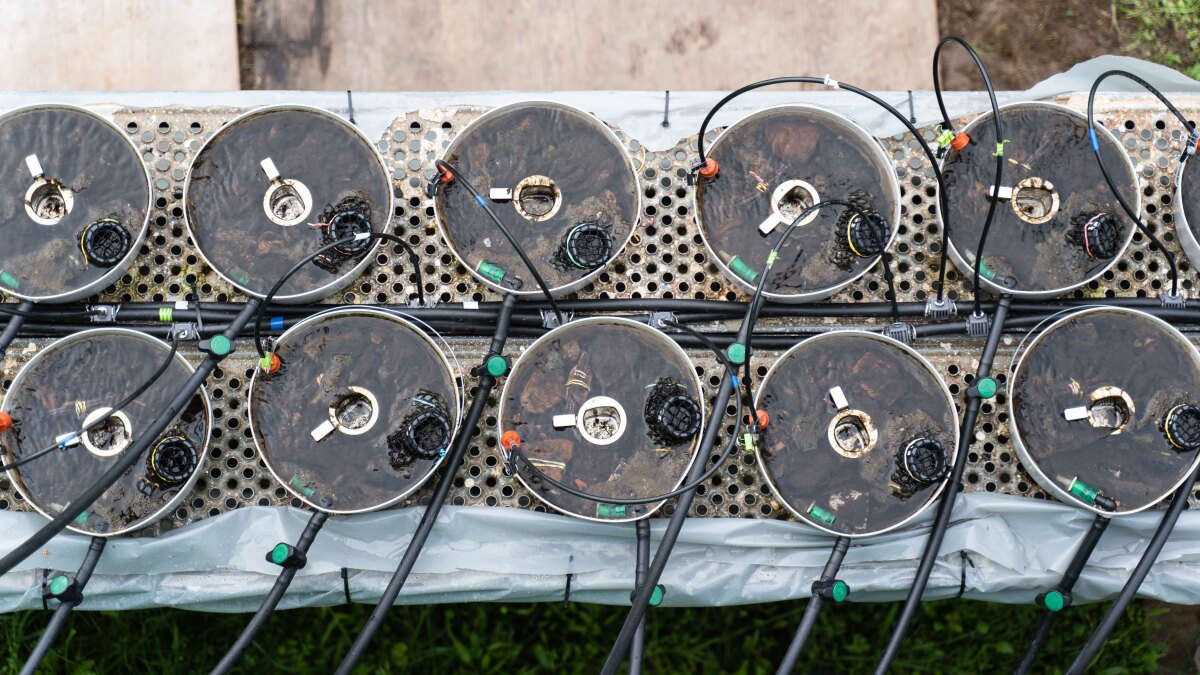
Collaborative Research Centre (CRC) 1439
Multilevel response to stressor increase and release in stream ecosystems (RESIST)
Rivers and streams are centres of biodiversity and vital to humans. Human activities impair water bodies and their communities in many ways, and a wide range of measures are in place to reverse these stressors. However, the effects of degradation and recovery are only partially understood, especially when many stressors act simultaneously. RESIST investigates the underlying mechanisms by combining field studies and mesocosm experiments with statistical and mechanistic modelling and synthesis. This broad range of methods is used to investigate the effects of multiple stressors on all components of the stream food web (from viruses to fish) and on four ecosystem functions. The focus of the studies is on the effects of three globally relevant stressors: temperature increase, salinization, and hydromorphological degradation, and the combination of these forms of stress. The goal is to understand and predict the effects of degradation and recovery on stream biodiversity and functions.
In addition to 15 researchers from the UDE, teams from the universities of Bochum, Cologne, Kiel and Koblenz-Landau as well as the Leibniz-Institute of Freshwater Ecology and Inland Fisheries (Berlin) and the Helmholtz-Centre for Environmental Research Halle-Leipzig are involved in the CRC RESIST.
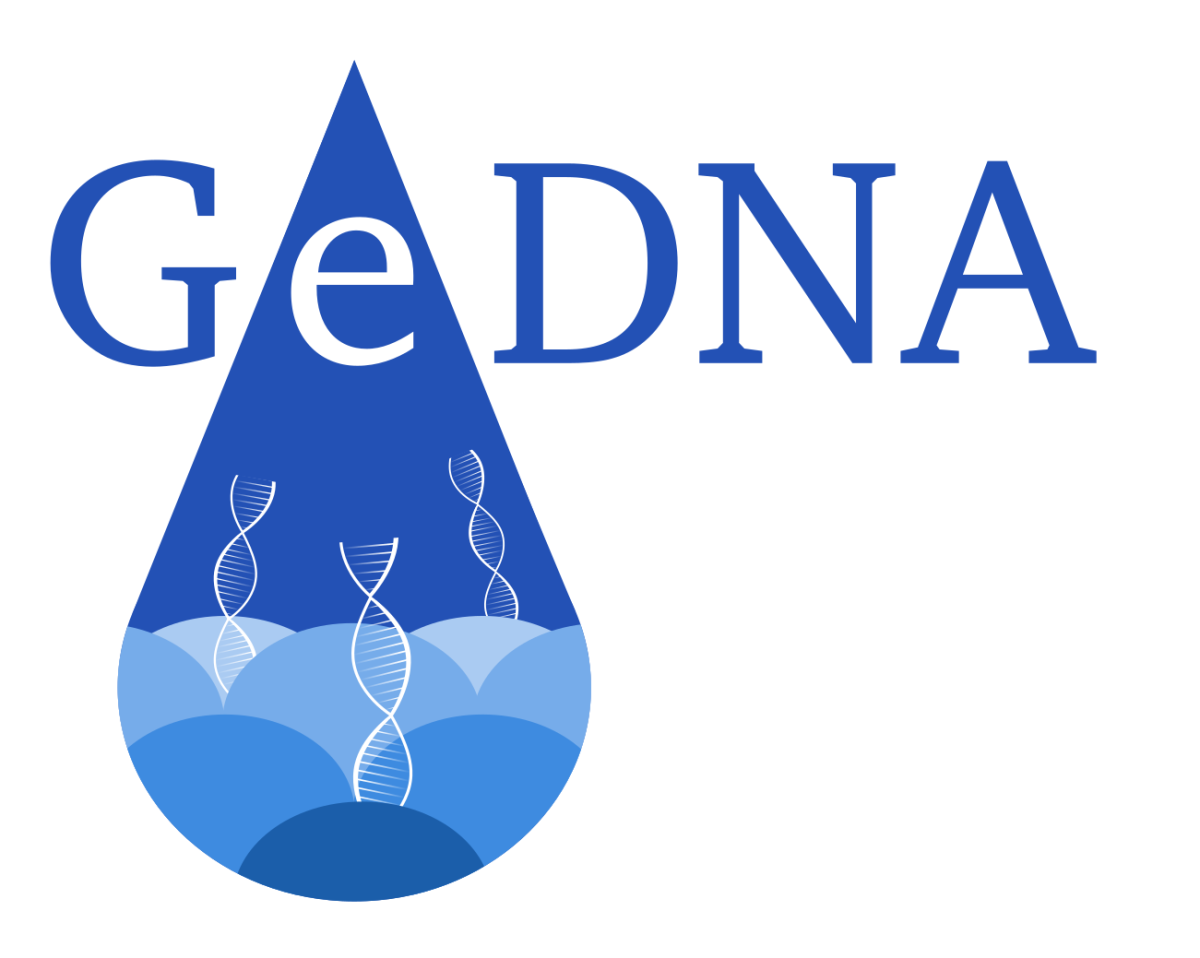
GeDNA: DNA metabarcoding in regulatory context
The GeDNA project is an initiative funded by the German Federal Environmental Agency (UBA) for the development of innovative methods for freshwater bioassessment. Sampling will be done as part of the EU Water Framework Directive sampling campaigns coordinated by the federal states. The goals of GeDNA are the evaluation and validation of DNA metabarcoding as a new method for stream bioassessment in regulatory contexts (WFD). This will be done by investigating the three biological quality elements (BQEs) macrozoobenthos, phytobenthos and fish in a large subset of German streams. Furthermore, derivation of correction terms / approaches to integrate DNA-based results into the existing bioassessment scheme based on morphotaxonomic data will be evaluated. In addition to that, the development of new indices to monitor biological processes after stream restoration measures to achieve faster-responding indicators will be implemented. The laboratory workflow of the samples will be enhanced and standardized with the implementation and development of new methods. Therefore, existing metabarcoding protocols will be applied on a pipetting robot which enhances the sample throughput and the quality of results. Lastly, the analysis of metabarcoding data is standardized and simplified with the development of a bioinformatic pipeline.
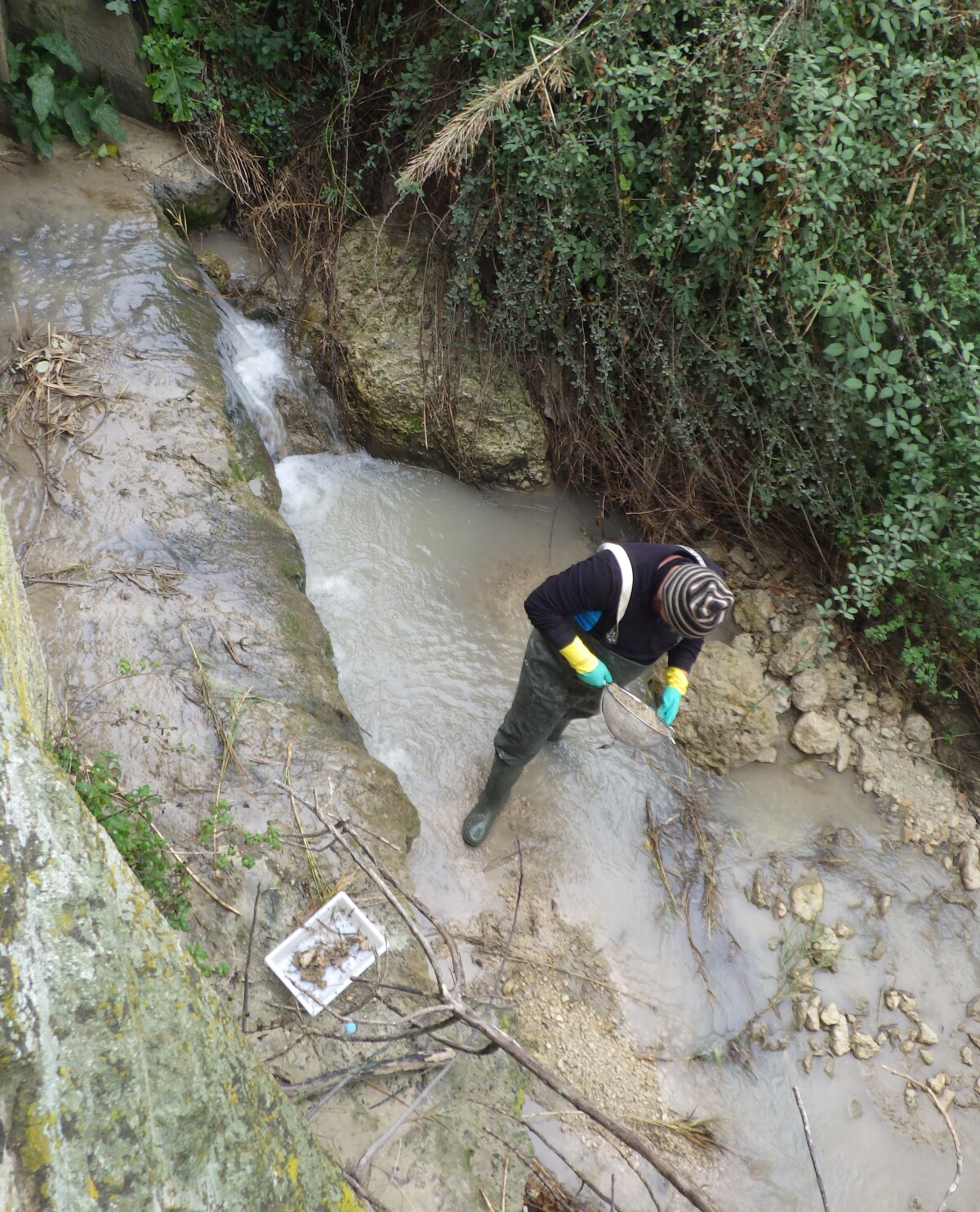
Drivers of cryptic species coexistence in the freshwater habitats – a case study using gammarid amphipods inhabiting Sicily.
In this project, we focus on the exceptional case of freshwater study system in Sicily, where four potentially cryptic species of Echinogammarus sicilianus (Crustacea: Amphipoda) co-occur as an example to study how different cryptic species are partitioned at the local scale and over time. To answer this question, we sample the available stream microhabitats in the river network over the course of one year. We are using DNA-based species assignment methods to identify all specimens. Subsequently, we will study the gut contents and microbiome of the different species per site and microhabitat using DNA metabarcoding to analyse whether there is a dietary specialisation among the cryptic species. With isotopic analyses we will back up the data on trophic specialisation. In a last step we will study the prevalence and diversity of microsporidian parasites in the individual cryptic species. We will test whether prevalence and host specificity changes over time in order to test the density-dependent control of cryptic species through parasites. Finally, all data will be used together with land-use data to test competing hypotheses on the impact of abiotic and biotic factors on species presence and coexistence. From this we will derive whether coexistence of cryptic species is stable or unstable. Additionally, we intend to test the cryptic species’ boundaries by investigating their reproductive activity, studying morphometrics and using genome-wide assessment of their genetic diversity. While only a single such case of so many cryptic species co-occurring has been reported so far, the results from this project will provide a blueprint on how to combine different methodological and conceptual approaches in biology to analyse and understand drivers of cryptic species coexistence in freshwater habitats.
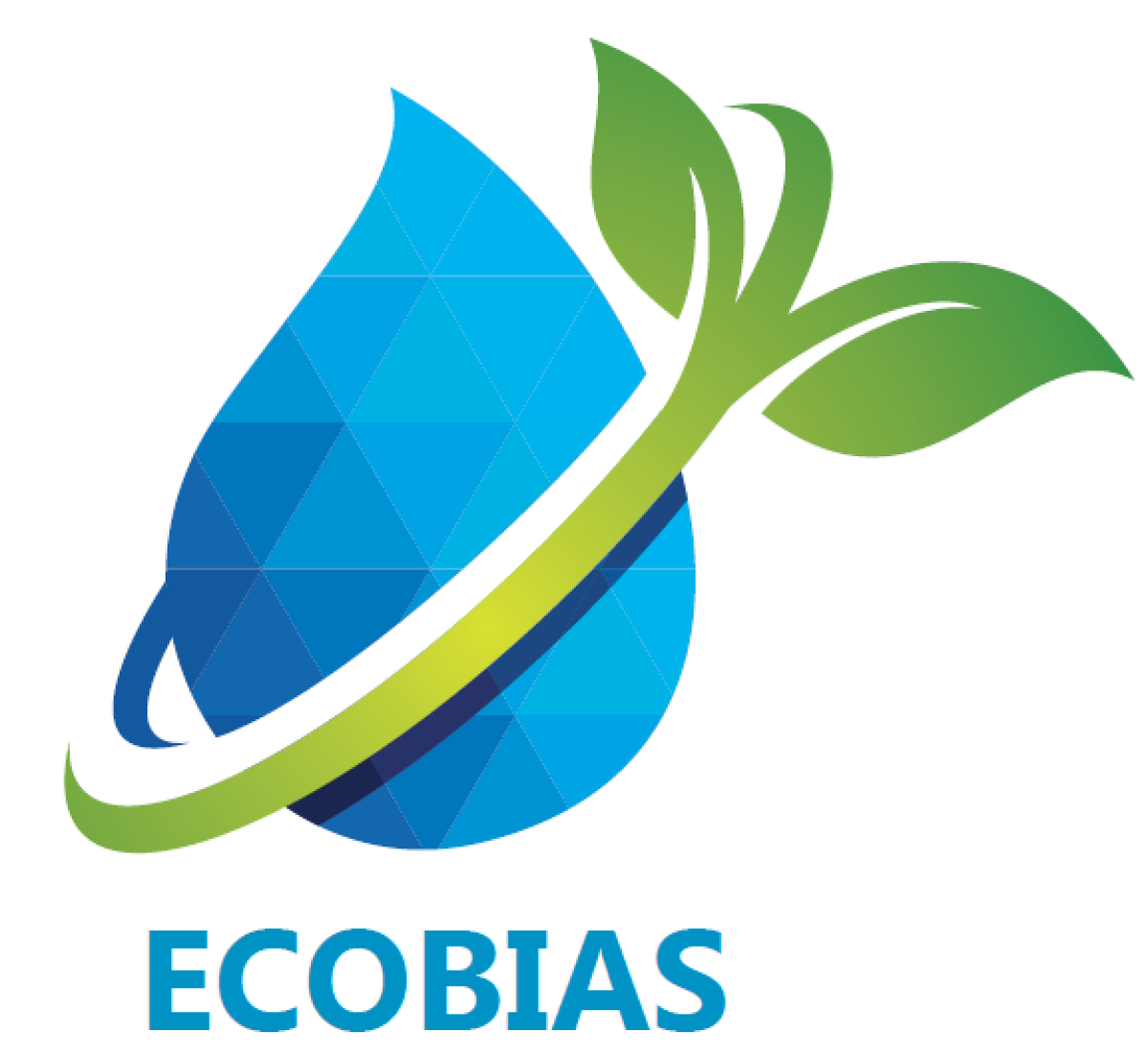
ECOBIAS
Our research group participates in the ERASMUS+ Project ECOBIAS (Development of Master Curricula for Ecological Monitoring and Aquatic Bioassessment for Western Balkan Countries).
The aim is to develop an advanced Master’s program to train a new generation of ecologists capable of assessing the ecological state of in particular aquatic ecosystems. Our specific part is the development of a module for environmental DNA based bioassessment.
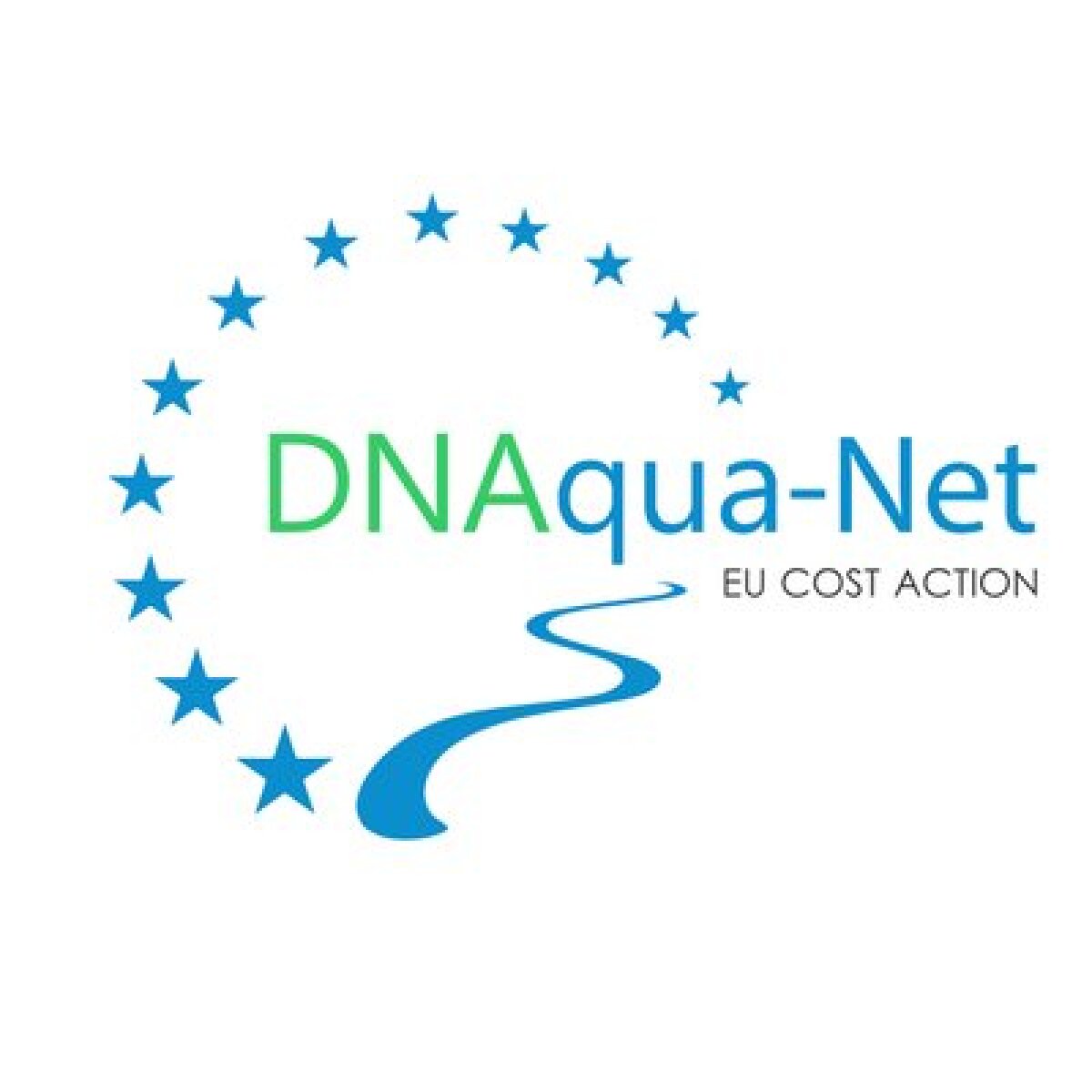
DNAqua-Net
Our group coordinates European COST Action DNAqua-Net (CA15219). The aim of DNAqua-Net is to bring together stakeholders involved in Aquatic biomonitoring in Europe and beyond to consider the potential use of genetic methods (like DNA metabarcoding) for bioassessment and monitoring. With over 600 participants from 49 nationals and already over 60 publications, DNAqua-Net is a large multinational project with impacts far beyond Europe.

Joint Danube Survey 4 (JDS4)
The Joint Danube Survey is a sampling campaign that takes place every six years and includes sampling sites in all 13 countries across the Danube river catchment. The main goal of JDS is to collect comprehensive data on water quality in concordance with the European Water Framework Directive (WFD). In addition to hydromorphological and a multitude of chemical parameters (e.g., nutrients, dissolved organic matter and dioxins) different biological quality elements such as macroinvertebrates, fish and phytobenthos are assessed. As part of JDS4 (sampling campaign 2019) and in addition to traditional identification methods for organisms, the potential of DNA-based identification approaches are tested in the context of Danube monitoring. For this purpose, 46 sites were sampled for DNA metabarcoding analyses of macroinvertebrate sample fixatives (ethanol), homogenized macorinvertebrate bulk samples and water containing so called environmental DNA (eDNA). The obtained DNA-based identification results will be compared to traditional assessment results and the potential of (e)DNA metabarcoding discussed for future surveys.
Contact: arne.beermann@uni-due.de
„Forschungsgeist! NGS ecosystem research“ (funded by „Bauer-Stiftung und Stemmler-Stiftung“)
Stream ecosystems are facing a dramatic loss of biodiversity worldwide. Particularly
concerning are the impacts of multiple stressors (e.g., pesticides, sediment deposition or temperature increase), which often interact in unpredictable ways. Traditional multiple stressor research is based on morphological identification of organisms and often does not achieve species level identification and hence no assessment of stressor responses on species level. While, as an alternative, DNA-based identification methods already achieve a high taxonomic resolution (qualitative aspect), they are unable to provide accurate information on abundance and biomass of individual species under stress (quantitative aspect).
The aim of this project is to develop and implement quantitative methods to assess multiple stressor effects. In this project, the potential of both PCR-free methods as well as the combination of ‘next generation sequencing’ methods with modern optical image recognition will be explored. In particular image recognition approaches are promising to complement the taxonomic resolution obtained by DNA-based identification methods with information on abundance and biomass for individual taxonomic groups.
Contact: arne.beermann@uni-due.de
Effect of anthropogenic barriers on the population structure of stream invertebrates
Worldwide, our river networks are fragmented by millions of man-made in-stream barriers. Often, these are present in high densities of more than one barrier per kilometer, especially when considering small weirs < 2m. However, especially for ecologically important macroinvertebrates it is not known how these barriers influence population structure, or which barriers can be overcome frequently enough to prevent isolation of small populations. The fragmentation into small, isolated populations can lead to a reduction of genetic diversity and eventually adaptability to changing environmental conditions.
In this project, we analyze the effect of small weirs and culverts (tunnels and pipes) on population genetic structure of freshwater amphipods, snails and flatworms in the Sauerland area. We want to find out, if the analyzed species are able to overcome these barriers, or if populations are isolated. We use high-resolution molecular genetic markers (ddRAD sequencing) to answer these questions. Further, we use population genetic simulations to define expectations for population differentiation caused by migration barriers at different population sizes, migration rates and age of barriers.
Forschungsgeist-Fellowship Stemmler-Stiftung: Development and application of novel genetic tools to assess functional traits of stream ecosystems
Stream ecosystems worldwide face the problem of degradation due to anthropogenic influences. This has resulted in the decrease of species and associated ecosystem services. Therefore, restoration of degrades streams has become an important task. However, many restoration projects are not, or only partly successful, as often many ecologically important species do not recolonize the sites after restoration. To understand this, it is important to gain a better understanding in recolonization processes.
In this project, we focus on two biological traits: dispersal ability and food spectrum of different macroinvertebrate species. We analyze the population genetic structure of different stream invertebrates (Gammarus fossarum, Gammarus pulex, Asellus aquaticus, Proasellus coxalis and Sialis lutaria) within the Emscher catchment (Berne- and Boye system) with high resolution genetic markers (ddRAD sequencing). Here, the aim is to analyze population connectivity of populations within and between the river systems separated by the Emscher (not restored, yet), and to investigate recolonization routes. To assess the diet of the different species, we analyze their gut content using metabarcoding. As this is not established for macroinvertebrates, also method development is part of the work.
Additionally, we sampled all sites in two consecutive years to detect if patterns vary temporally in addition to spatial differences. Further, we want to assess, if sites differ in diversity (intraspecific genetic diversity and diet composition) between sites restored at different time points in the past.
Partners:

